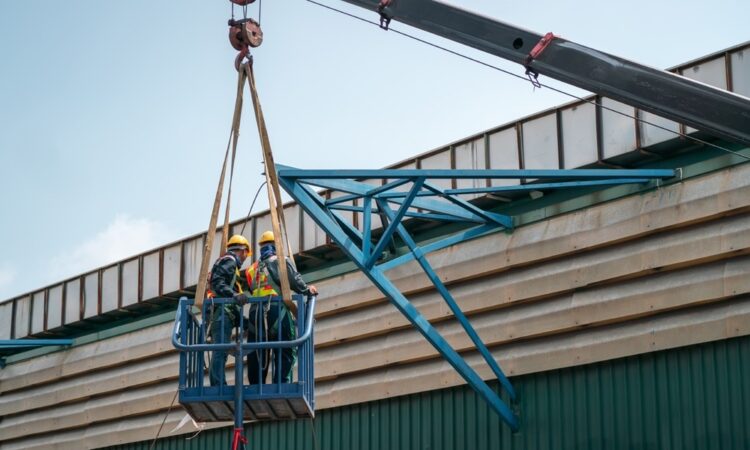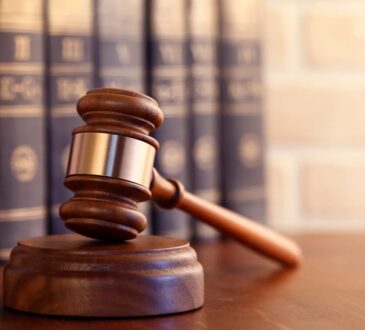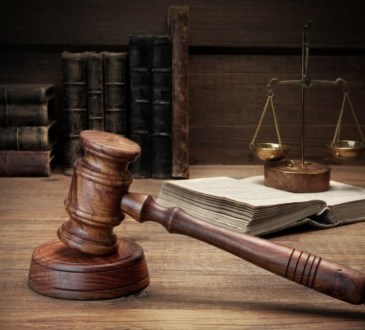
Collapse incidents involving cranes are very dangerous in construction, causing serious injuries and death while impairing property. Looking at previous collapses and settlements can help us understand the reasons for Crane Collapses & Their Resulting Settlements, as well as what legal consequences there are afterward.
Common Causes of Crane Collapses:
-
Equipment Failure:
If crane components such as hoists, booms, or cables fail mechanically the cranes may fall. Routine inspection and upkeep are key to finding problems before these turn into catastrophes.
-
Overloading:
Going beyond a crane’s rated capacity is an important reason for collapses. Only carefully calibrated load calculations and conscientious adherence to weight limits can avoid overloading accidents.
-
Inadequate Training:
A major cause of crane accidents is poor operator training. Every effort should be made to ensure that crane operators are properly trained on the operation of equipment, safety measures and emergency procedures.
-
Environmental Factors:
High winds, storms and other adverse weather conditions can also cause cranes to collapse. In terms of prevention, monitoring weather forecasts and taking safety measures in bad conditions are both needed.
Legal Implications and Settlements:
-
Workers’ Compensation Claims:
Workers injured in crane collapses are normally eligible for workers ‘compensation. These benefits include medical expenses, lost wages, and rehabilitation. These benefits are usually provided by employers required to carry workers ‘comp insurance.
-
OSHA Investigations:
After a crane collapses, the Occupational Safety and Health Administration (OSHA) conducts investigations. OSHA regulations provide standards for crane safety, and the penalties are heavy. OSHA investigations can also influence lawsuits.
-
Third-Party Liability Claims:
If the collapse is caused by a third party such as a crane manufacturer, maintenance provider, or contractor, injured parties may seek recovery from the responsible person. These claims seek more than workers ‘compensation benefits and may involve a fault on the part of another party.
-
Product Liability Cases:
If a crane collapse stems from defects in the actual cranes, injured parties can seek product liability claims against manufacturers. The cases involve design, manufacturing, or maintenance defects which actually caused the collapse.
Studying crane collapse accidents teaches us about some of the preventative measures and legal considerations in construction. In order to minimize the dangers inherent in crane operations, employers must give priority attention to comprehensive training, routine inspections and stringently sticking with safety regulations. After a collapse, knowing what one is entitled to in terms of the law and possible settlements can be vital for parties seeking compensation or justice.
Please visit the website by clicking on the link.




